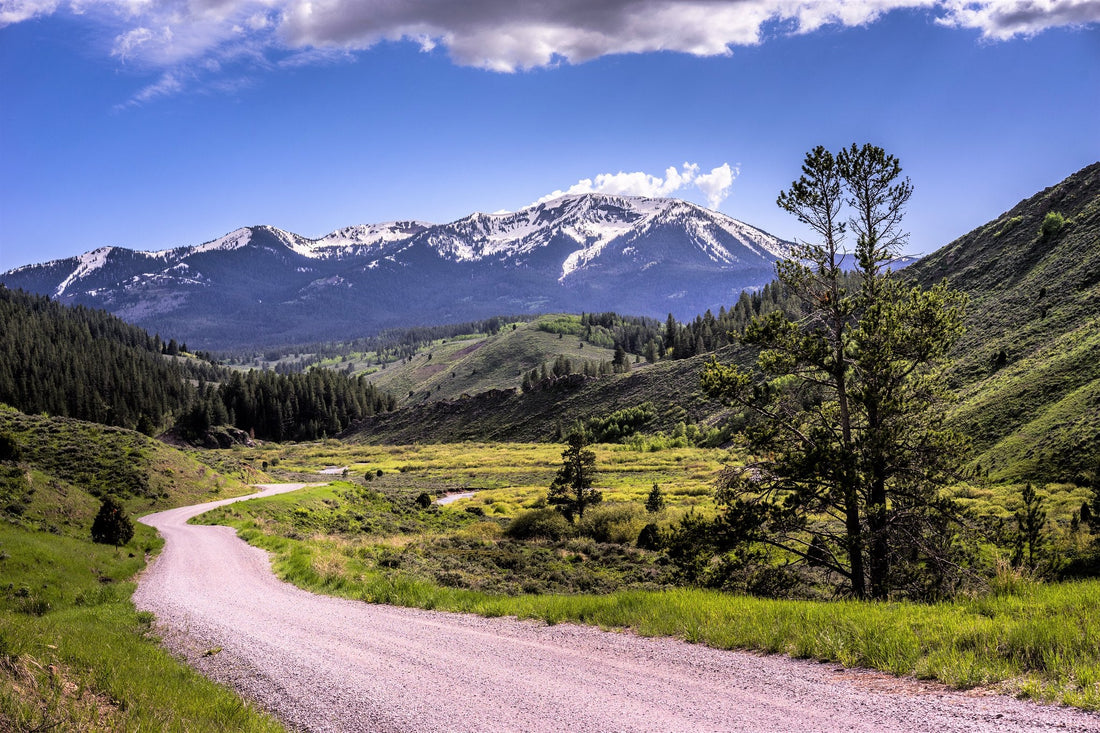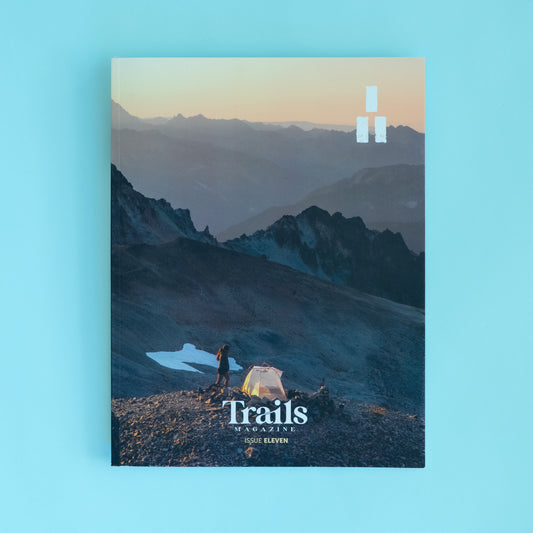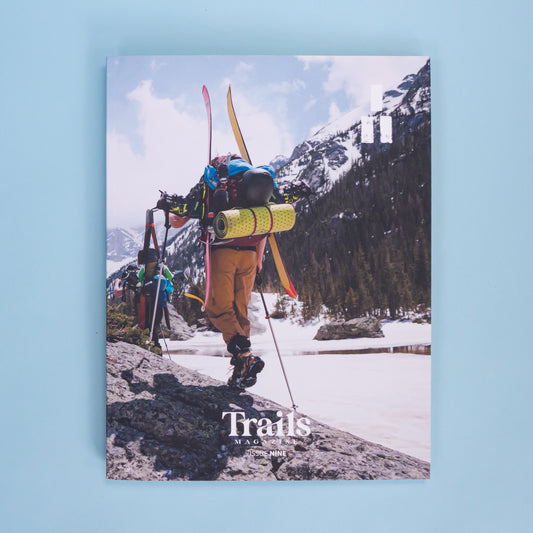
The end of the Roadless Rule?
BY CLAIRE BARBER
Recently, I was wandering a section of the Pacific Crest Trail that crossed the Willamette National Forest in the Oregon Cascades. The area is diverse ecologically, with large lakes and towering mature trees. Hikers move between lush, green forest and the Cedar Creek burn scar—a charred but buzzing environment, complete with resilient woodpeckers and bright orange fireweed.
I had ventured to this section of trail for a very specific reason. In late June, the Trump Administration announced its plans to rescind the Roadless Rule. The rule prohibits road building and types of extractive development (such as industrial logging) in sections of national forest lands. While roadless areas often abut wilderness areas and share ecological characteristics, they lack the legal protections that wilderness designations afford (which are passed by an act of Congress). The Roadless Rule closed that gap.
The Rule itself is lesser known today, but was adopted after a record-setting public comment period in 2001—1.6 million comments were submitted and 600 public hearings were held around the country.
Rescinding the rule would end protections for 58 million acres nation-wide—impacting swaths of non-motorized trails, 92% of the Tongass Rainforest, and, yes, the Pacific Crest Trail, Appalachian Trail, and Continental Divide national scenic trails. You can see maps of roadless areas by state here.
”It might be unlikely that logging gets planned along a popular trail high in the mountains, but it doesn't mean that it's off-limits,” said Chandra LeGue, Senior Conservation Advocate at Oregon Wild. “There are other efforts underway currently by the administration and the Forest Service to increase logging and if they have a mandate to do so, then it is possible that you could see clear cuts and aggressive logging from your PCT hike.”
In Oregon, you are constantly in sight of giant brown scars on the horizon, massive timber operations on both public and private land. As I wandered the PCT, my imagination did not need to reach far to imagine what could happen if the Roadless Rule was rescinded.
There will be another public comment period to address the rule’s recision, likely to open in early September. In the meantime, HR 3930 Roadless Area Conservation Act of 2025 would permanently codify the roadless rule into federal law.








